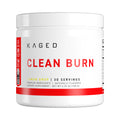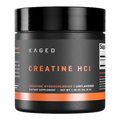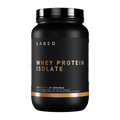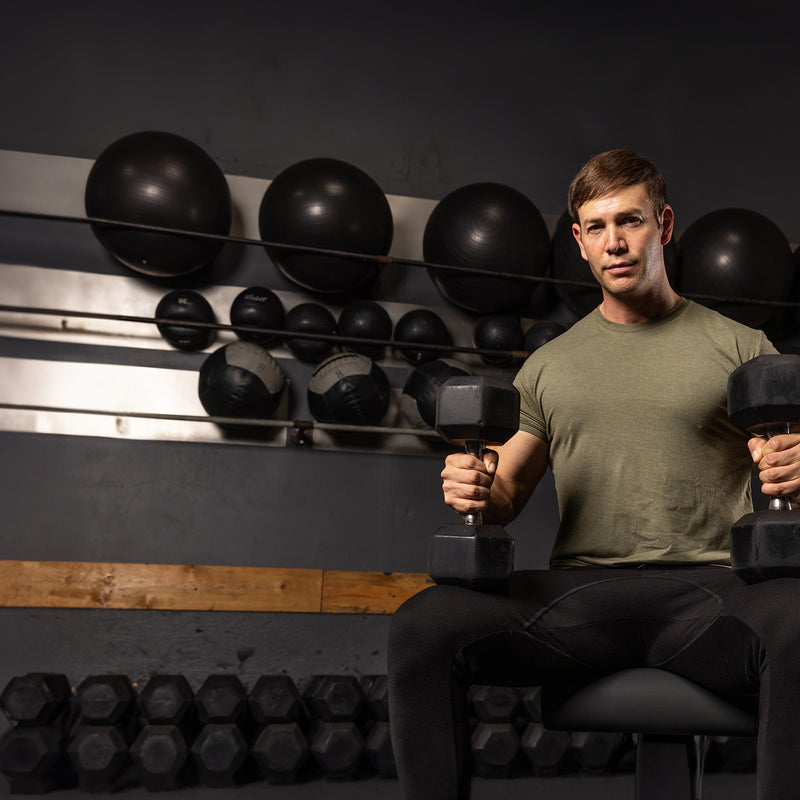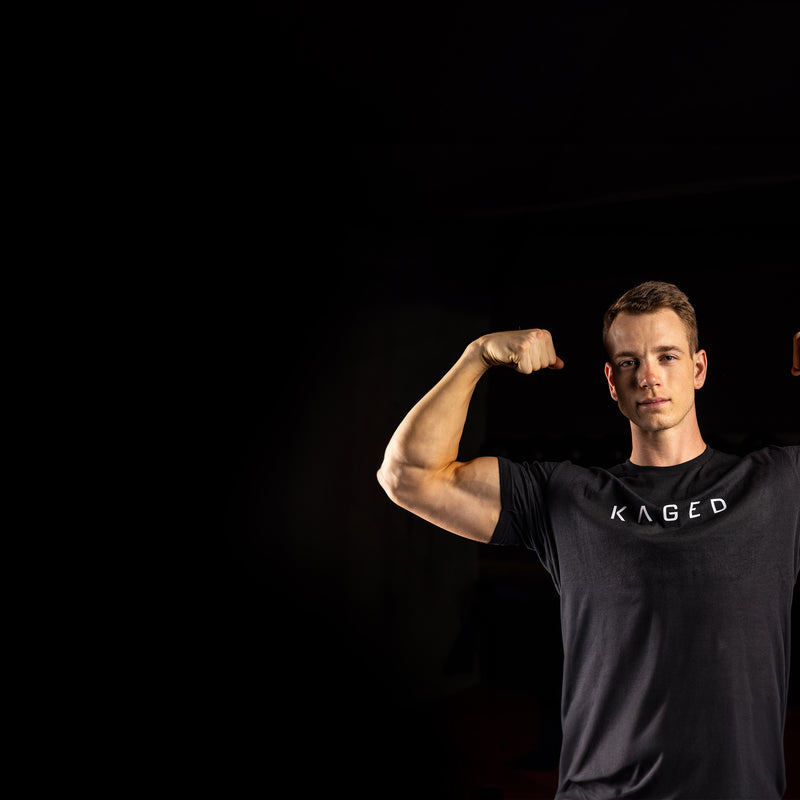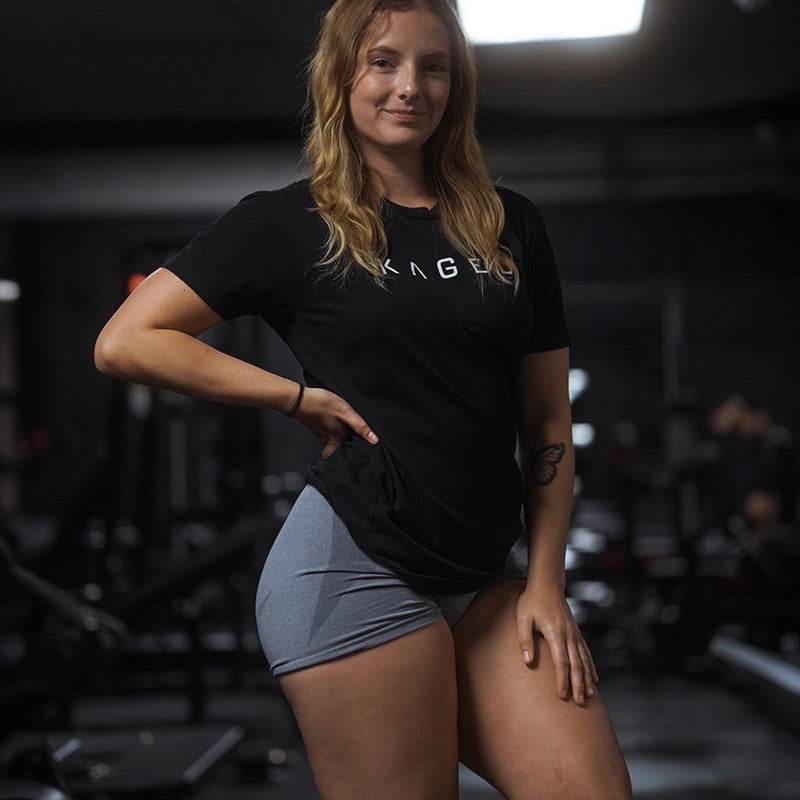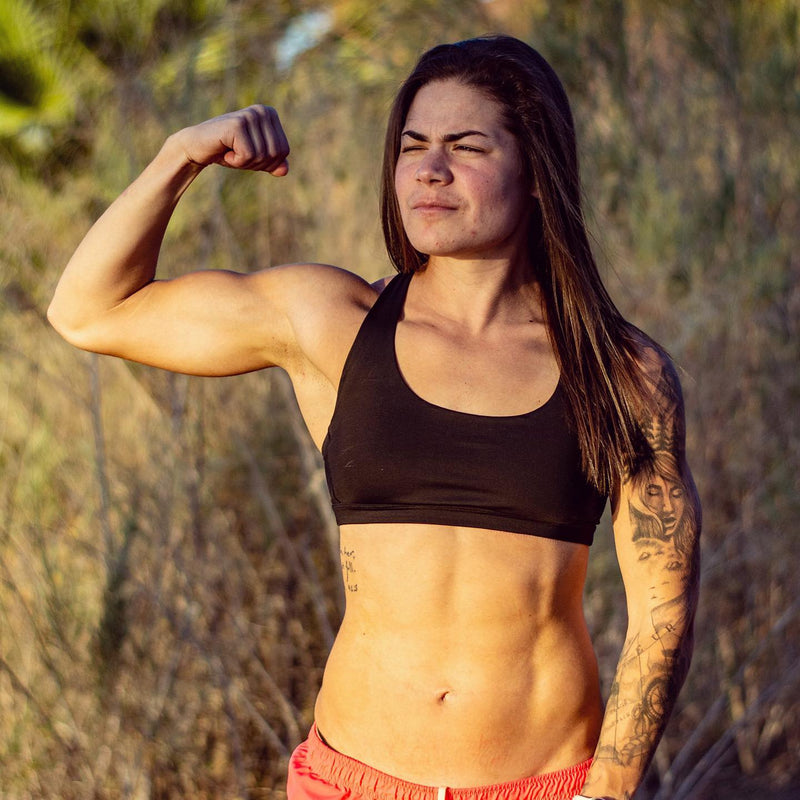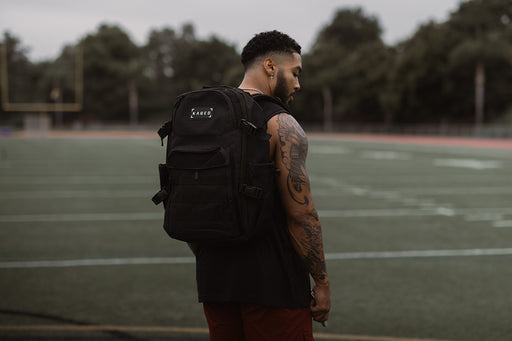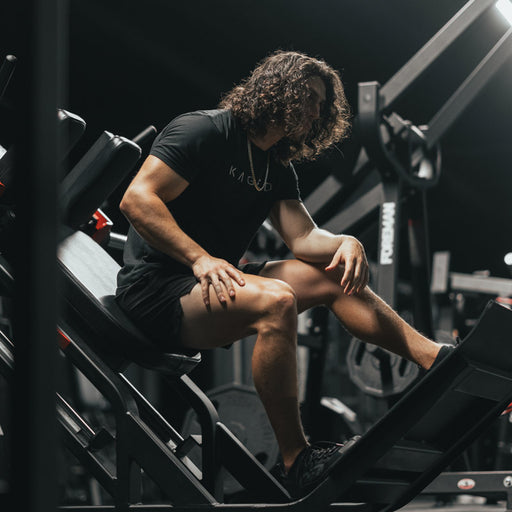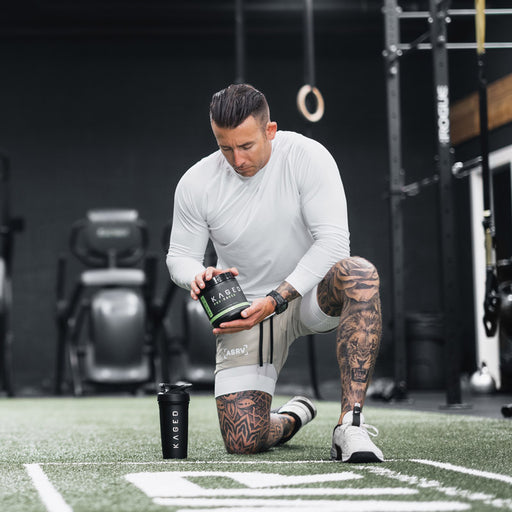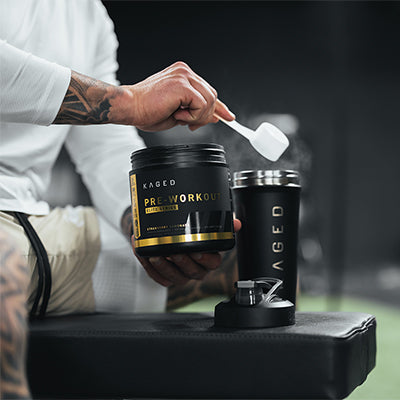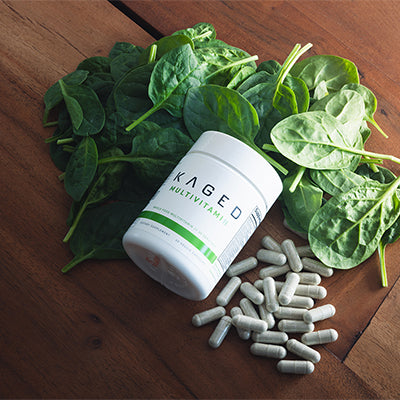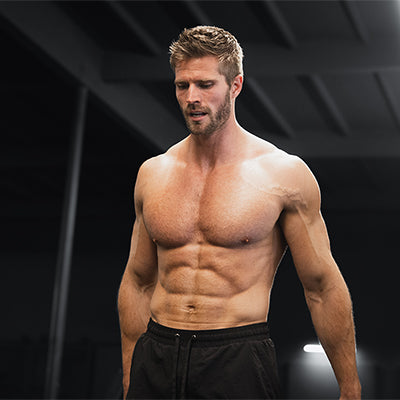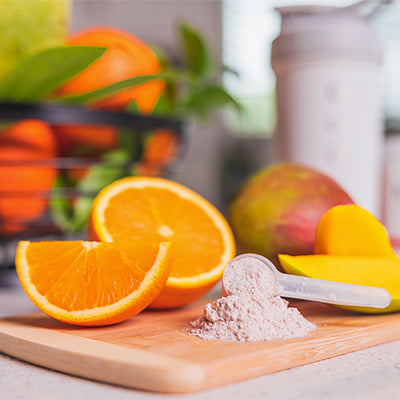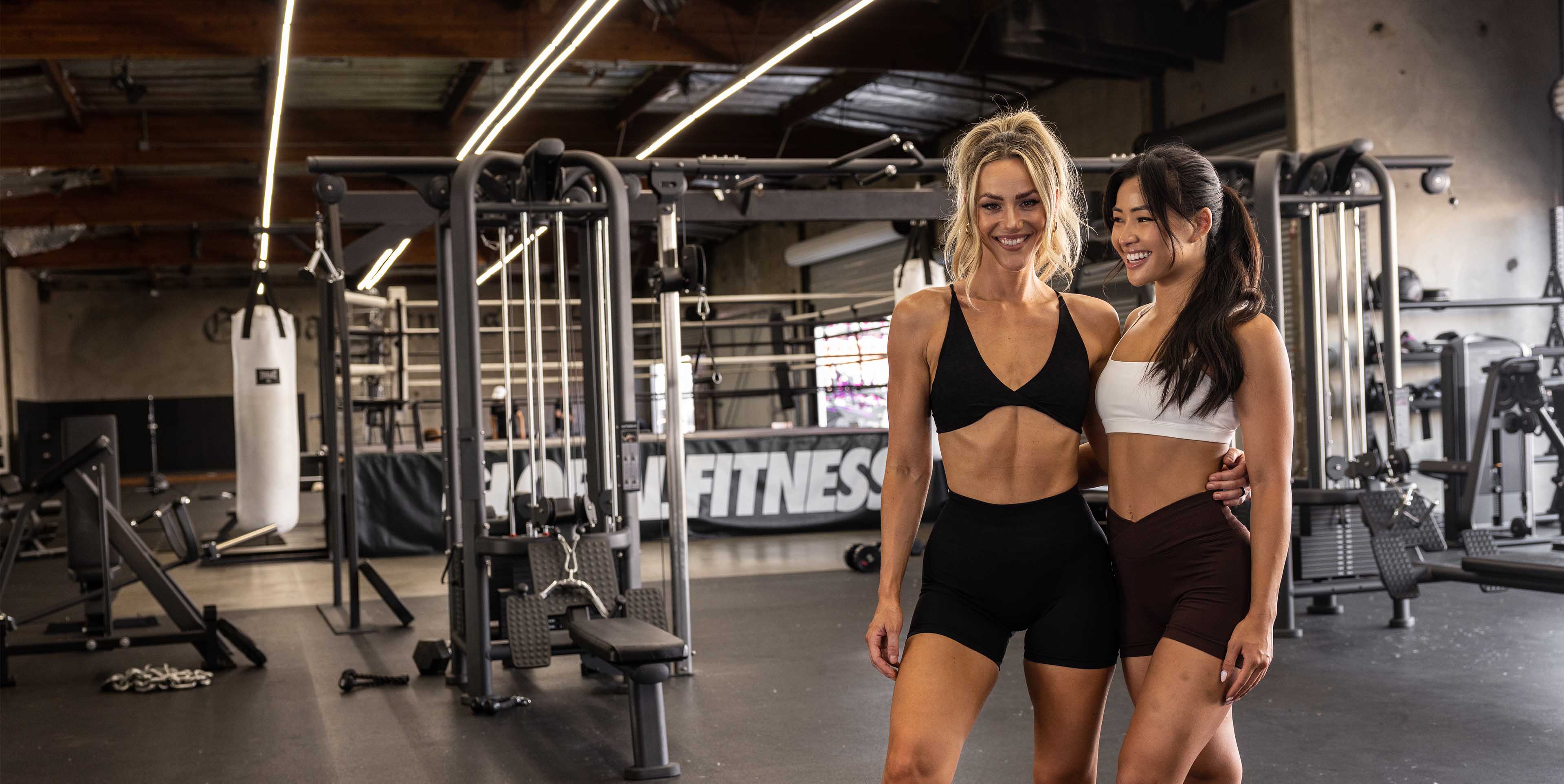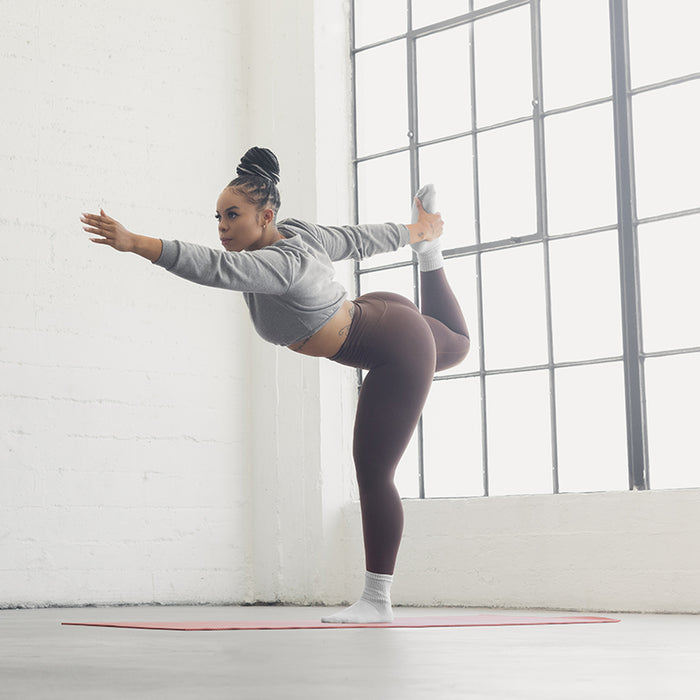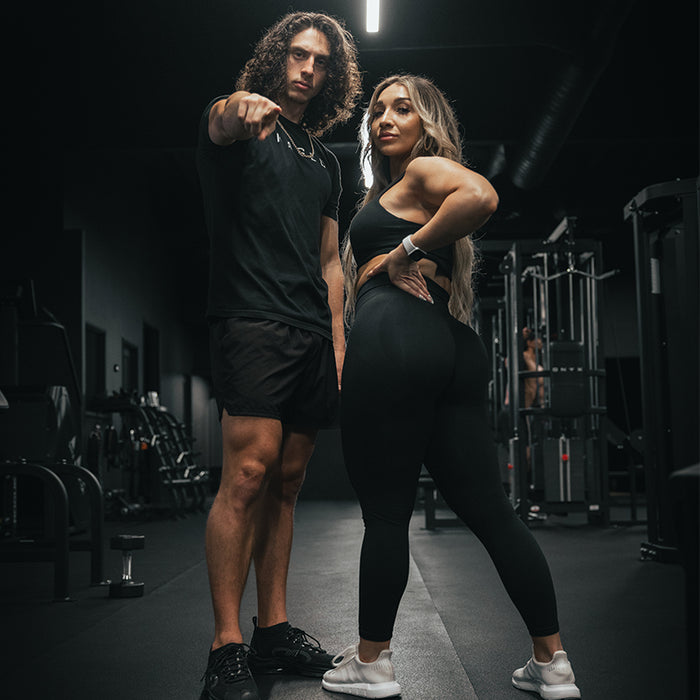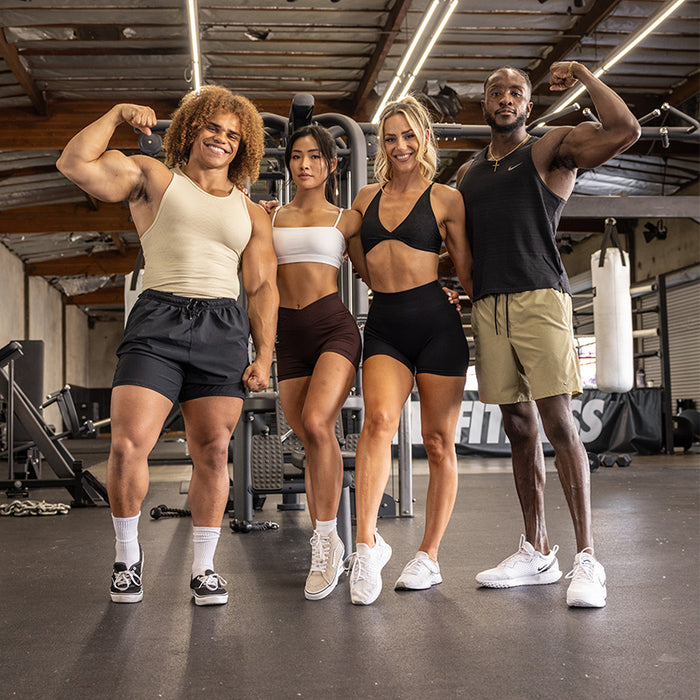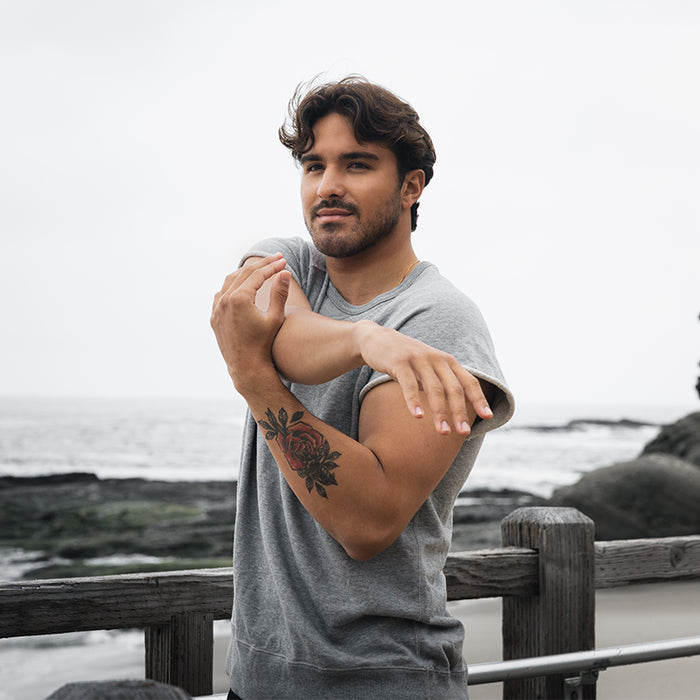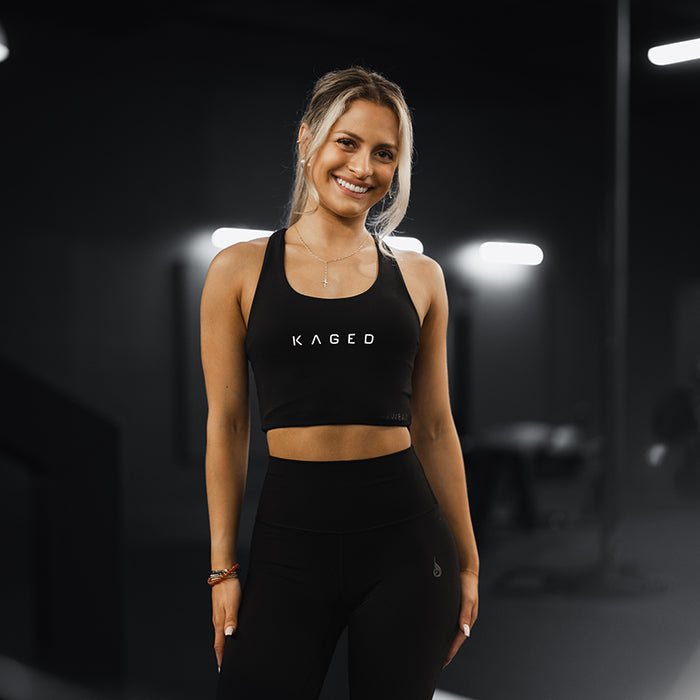Break through plateaus in your calves development
CALVES NOT
You may think that calves are a genetic quirk—you either have them or not. While that’s partially true, even for many professional bodybuilders, that doesn’t mean you should just accept them as a weakness and overlook them in your training. In fact, you should do the opposite.
The purpose of this 12-week video series is to target your calves to bring them up as much as possible. Each week, your calves workouts will get more challenging, but I want you to put all of your effort into each of these. If you need to adjust your training volume, then do so with other body parts rather than with calves.
For this 12-week training series, you’ll follow your regular workout program, reorganizing it to prioritize development of your calves. You’ll begin your training week with lower legs work, followed by a couple of exercises for another body part on that same day—just to provide you with the volume of training you’re accustomed to in a typical workout.
Then you’ll train quads and hamstrings later in the week but at least 3 days before and after you train calves. The reason for this is that you work your calves when you train quads and hamstrings, and you want your calves to be fully recovered when you train them on the next Monday.
Here’s more about how the muscles of your calves work. This, along with the anatomy chart, will help you better address the specific weaknesses in this muscle group.
CALVES
Calves are a fairly simple muscle group with the primary purpose of helping you bend your foot at the ankle and rise onto your toes from a bent or standing position. They’re also a powerful component in helping you jump, run or walk. You put your calves through thousands of reps every day just by walking, and that’s one of the reasons you may have trouble getting them to grow: they’re already adapted to a significant amount of work every day. You’ll have to take up the intensity of your calves training to get them to grow.
GASTROCNEMIUS
The gastrocnemius is the diamond-shaped calves muscle at the back of each lower leg. The gastrocnemius helps you rise onto your toes when you’re in a standing position. This muscle has two heads that create the shape, and we’ll be targeting both through differing foot positions throughout this video series.
SOLEUS
The soleus is the smaller flat muscle that lies underneath the gastrocnemius. The soleus is visible on both the inside and outside of your legs when properly developed. It grows best from rising onto your toes when you’re in a bent-knee position. For that reason, we’ll include bent-leg calves works in most of the workouts on this video series.
TIBIALIS
This is the muscle on the front side of your leg, and it’s technically not a “calves” muscle. You may not be all that aware of it, but it’s an opposing muscle to your calves (it contracts when you stretch your calves—and vice versa). Increasing mass and detail in this muscle helps complete the appearance of your lower legs. This muscle responds to growth be flexing your toes with weight. You also recruit this muscle when you walk or run up steep inclines.
FUEL YOUR CALVES FOR GROWTH
In addition to beginning your week with calves training, you should increase your calorie consumption by about 200-500 calories on and around the day when you train your calves. Get in these extra calories in the 24-hour period that begins with the last meal of the day before, continuing through your morning and through your meal after your workout.
Here’s an example of what you should add to your Sunday night late-night meal and your consumption throughout your Monday calves-training day.
Late-night meal
Add one scoop of Kasein™ to the one you always take, and a piece of fruit such as plum, apple or peach. Or you can add an ounce or two of nuts such as almonds. This will add a total of about 200 calories.
Breakfast:
Eat one slice of whole-grain bread. That adds about 100 calories.
Lunch:
Get in about 2-3 ounces of brown rice. That adds about 100 calories.
Dinner:
Go with a very large sweet potato rather than a medium one. That adds another 100 calories.
TRAINING SPLIT
Note that I’m “beginning” your training week with the weekend rather than ending with that. That’s because Mondays will be your “focus” day for your lagging bodypart. Since we’re targeting calves for this 12-week training split, you not only want your calves to be well rested, but you also don’t want to have trained your quads or hamstrings for a few days before you work calves with this level of intensity. Note that I’ve set up cardio and abs on Saturday, and active rest on Sunday so that you’re well recovered to go full out with your calves training on Monday.
| DAY
|
BODYPART
|
|
SATURDAY
|
Cardio/abs
|
|
SUNDAY
|
Active rest
|
|
MONDAY
|
CALVES/chest *
|
|
TUESDAY
|
Chest/shoulders/triceps *
|
|
WEDNESDAY
|
Abs/cardio
|
|
THURSDAY
|
Legs **
|
|
FRIDAY
|
Back/biceps
|
* Because you’re emphasizing calves on Monday and they’re a small muscle group you can also add another body part afterwards on the days when you want a little more volume. Choose from chest, shoulders and triceps, and then work the other two on subsequent days. On days when you’re spent from the calves work, you can end your workout and train all three—chest, shoulders and triceps on the following day.
** Train your quads and hamstrings at least 3 days after calves and at least 3 days before you train calves again. Thursday is the best day for legs training to allow your body to recover fully before your next calves workout.

